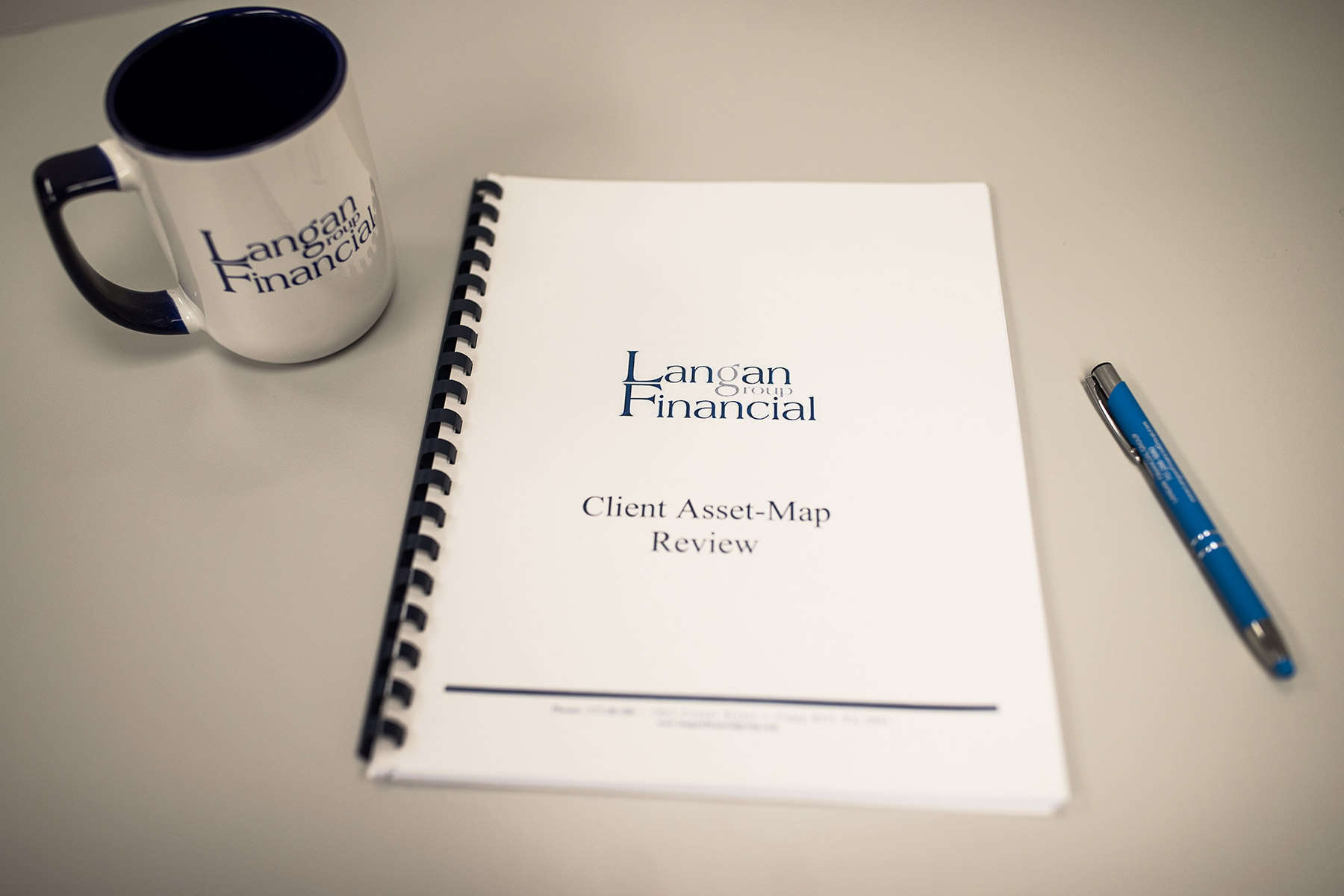So, you’re thinking of selling your company and you think you know what it’s worth. Do you know where your company’s true value is derived from? This is a very simple question that most business owners get miserably wrong.
Where the True Value Lies
Most owners believe their success comes from the quality of service or product. Or they will mention their customer service, their operations, or their fixed assets. Yes, all of these are contributors; however, for most people, these aspects do not drive the majority of the business’s value.
Many small businesses all suffer from the same blind spot: the owner holds the lion’s share of the value!
Think about it. If the owner were to become unable to work, either through death or disability, most businesses would be in serious trouble. Many owners hold all the valuable relationships and knowledge for a business. They understand what needs to be done, how to do it, and when. Unfortunately, most owners do not take the time to document the processes or create a plan to pass on the relationships or knowledge to a qualified successor.
Relationships Carry the Most Value
If the company is transitioning ownership to key employees, it is important for those individuals to establish a connection with the centers of influence, staff, and any other person who plays a role in the business’s success.
It seems trivial to point out, but when it comes down to it, business is about human relationships. People want to work with those they trust and respect. If they do not have a strong connection with the organization, it leaves the opportunity for competitors to replace you. This is especially true for the service industry.
Putting a Number On It
Let’s put aside a sale to insiders and focus on a third-party sale. If the owner sells to a third party, a third party will immediately want to know, when the owner departs, who will continue to manage the key relationships and handle the owner’s responsibilities. If the owner is departing with all the operational knowledge, that means the next in line will have to hire, train, and attain specific skillsets. These additional costs come out of the new owner’s pocket which eventually means it reduces the current owner’s buy-out.
Think about the process of purchasing a new home. At first look, the new home may be valued at $200,000. However, as you look through it you notice, it needs a new roof, it needs a new water heater, the plumbing is leaking, etc. As the new owner will have to invest to get the home livable, it will decrease the amount he or she is willing to bid, causing that $200,000 price to quickly decline. The same principal applies to a business. If an owner does not transfer the real drivers of value (which is the knowledge and relationships of a company) to key management or the successors, the willingness to pay will decrease.
How to Stop Holding All Your Company’s Value
Start with a stress test to see how the company does without you around for two weeks. Does the company fall apart without you? If so, this shows changes need to be made so that you can stop holding all your company’s value. This will mean tapering off your involvement in business’ key relationships. Always keep in mind that it is never too early to talk to an advisor or to leverage resources. As this process can take up to ten years, strategic guidance can help to reduce setbacks and help you carry out your wishes sooner.
Disclosure: Securities offered through Cambridge Investment Research, Inc., a Broker/Dealer, Member FINRA/SIPC. Investment Advisor Representative, Cambridge Investment Research Advisors, Inc. a Registered Investment Advisor. Cambridge and Langan Financial Group, LLC. are not affiliated.




